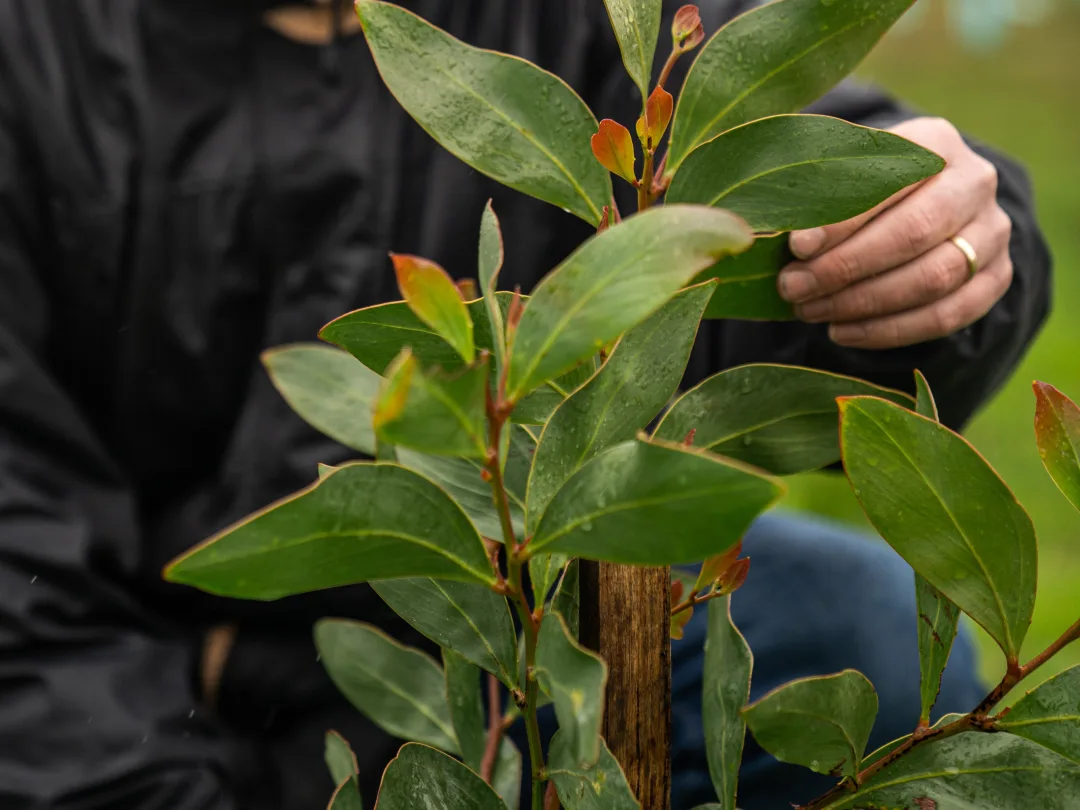Access local knowledge
The Limestone Coast Landscape Board's Carbon Outreach Officer has local knowledge and expertise and can provide free advice on:
- Identifying the level of stored carbon on your property.
- Recommending the most suitable carbon farming methods to sequester carbon.
- Measuring carbon emissions and the capacity for carbon sequestration.
- Becoming a certified carbon neutral farm or business.
- Participating in carbon markets.
- Understanding the governing regulations.
- Connecting with like-minded land managers.
Contact our Carbon Outreach Officer today
Many primary industries in Australia have established targets for carbon emissions
Dairy Australia has set targets of reducing emissions by 30% by 2030. Meat and Livestock Australia have set a goal of no net release of greenhouse gases into the atmosphere by Australian beef, lamb and goat productions, including lot feeding and meat processing, by 2030. These align to State and Territory governments’ goals for net-zero carbon emissions by 2050.
We all have a significant part to play to reach these goals by adopting carbon smart farming practices.
Measuring carbon emissions and sequestration
Carbon accounting is the way that producers can determine their annual net greenhouse gas emissions. A carbon account includes two key elements: emissions released in primary production, subtracted by the carbon stored in vegetation and soils.
There are a number of resources and calculators freely available to support creating a carbon account. Or, connect with your Carbon Outreach Officer to assist.






